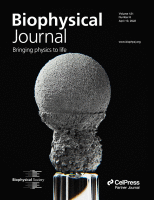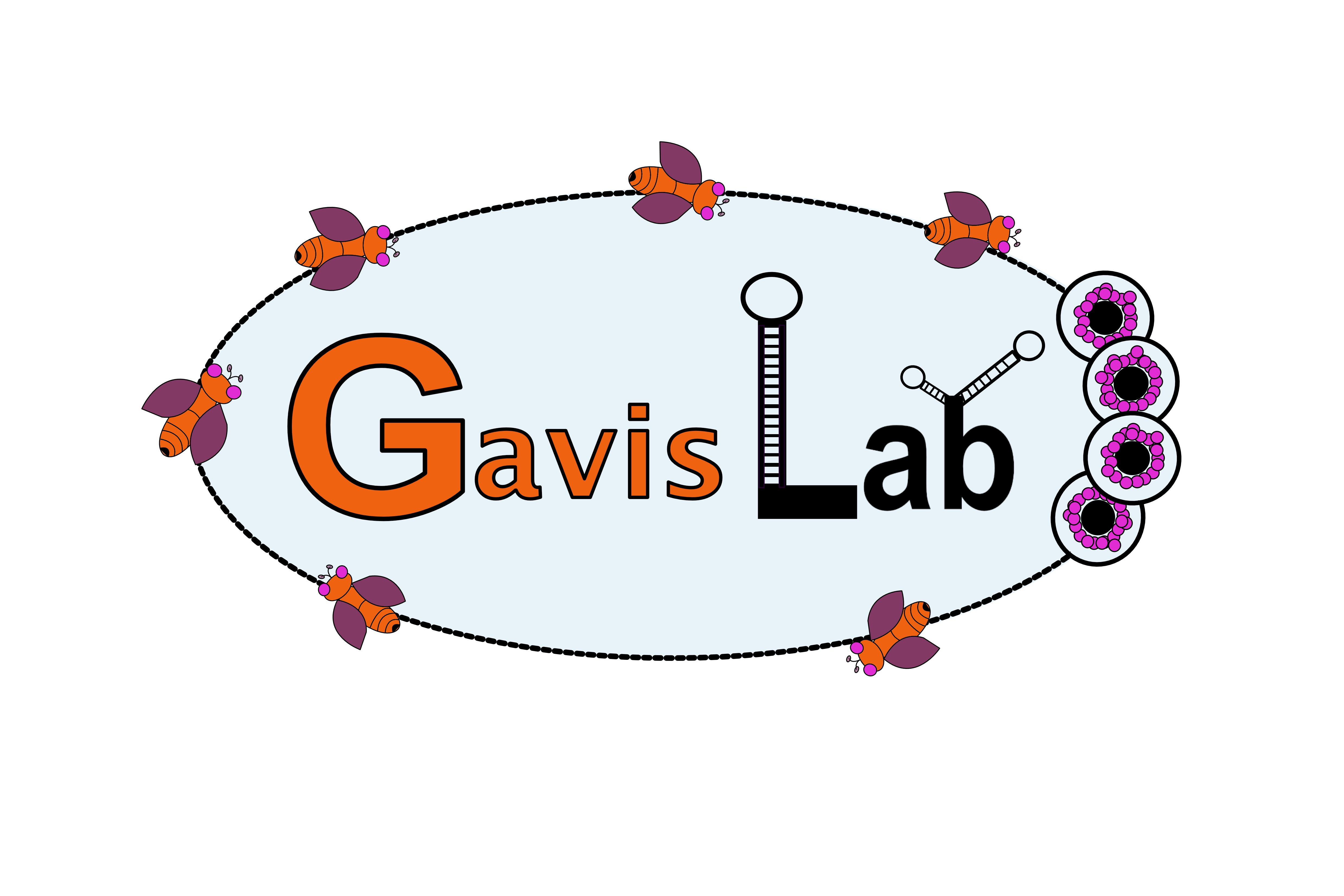
Computational modeling offers new insight into Drosophila germ granule development
Type
The packaging of specific mRNAs into ribonucleoprotein granules called germ granules is required for germline proliferation and maintenance. During Drosophila germ granule development, mRNAs such as nanos (nos) and polar granule component (pgc) localize to germ granules through a stochastic seeding and self-recruitment process that generates homotypic clusters: aggregates containing multiple copies of a specific transcript. Germ granules vary in mRNA composition with respect to the different transcripts that they contain and their quantity. However, what influences germ granule mRNA composition during development is unclear. To gain insight into how germ granule mRNA heterogeneity arises, we created a computational model that simulates granule development. Although the model includes known mechanisms that were converted into mathematical representations, additional unreported mechanisms proved to be essential for modeling germ granule formation. The model was validated by predicting defects caused by changes in mRNA and protein abundance. Broader application of the model was demonstrated by quantifying nos and pgc localization efficacies and the contribution that an element within the nos 3' untranslated region has on clustering. For the first time, a mathematical representation of Drosophila germ granule formation is described, offering quantitative insight into how mRNA compositions arise while providing a new tool for guiding future studies.

